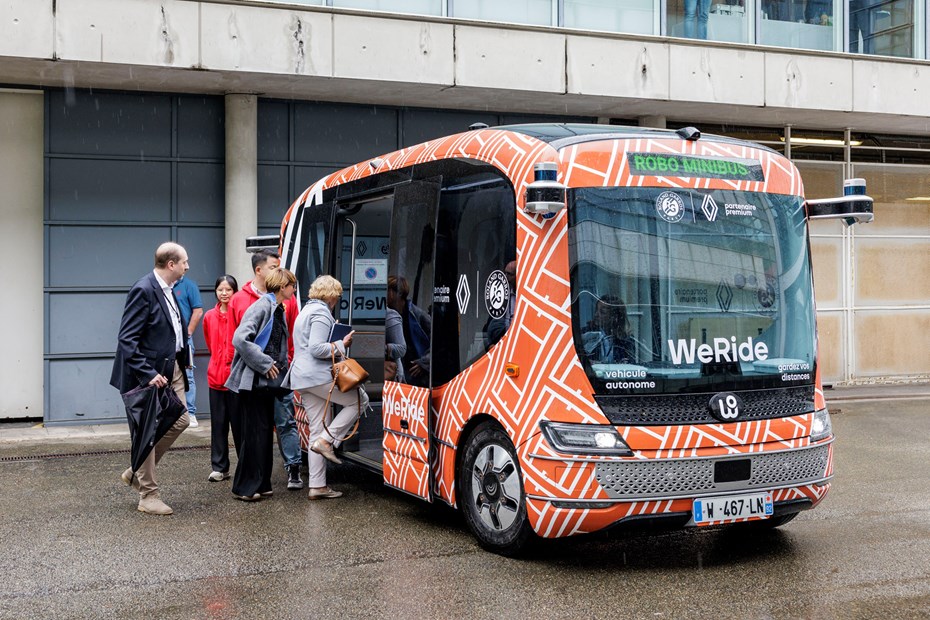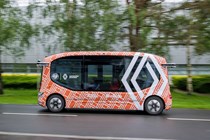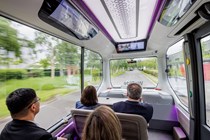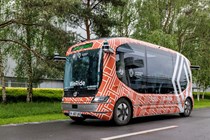Renault has announced that it will look to move its self-driving technology away from passenger cars and into public transport where there is a greater need.
The French car and van manufacturer has paused its development of fully self-driving cars and will instead continue implementing driver assistance features into its cars – such as adaptive cruise control – rather than the ability to have ‘hands-off’ functionality.
Instead, it says that its autonomous vehicles will be focused on ‘fulfilling the needs of public transportation’, with the firm looking to use versions of its new Master van as the base for the autonomous vehicles.
What is Renault’s autonomous driving technology?
Renault says that self-driving features are ‘too expensive’ for its passenger car customers and that its survey suggests 90 per cent are happy with the current Level 2 technology, which includes features such as adaptive cruise control and traffic jam assist.
Autonomous tech is ranked in ‘levels’ from 0 (no functionality) to 5 (full self-driving in all conditions). Renault is looking to implement Level 4 autonomy in its van-based minibuses, which allows for full self-driving but in controlled and clearly defined areas.
Renault has partnered with self-driving technology firm WeRide, which already has driverless vehicle permits in China, the US, UAE and Singapore. Currently, the tech firm’s vehicle is based on its own architecture, but in the future, some of the minibuses will based on Renault’s new Master E-Tech electric van, which will arrive later in 2024. The large van was developed with autonomous tech and public transportation as a consideration.
Does the technology work?
We had a chance to try out one of the current self-driving minibuses around Renault’s research and development Technocentre on the outskirts of Paris.
There’s a supervisor on board with a tablet for monitoring the vehicle, as well as several big red emergency stop buttons. Thankfully they’re not needed as the self-driving minibus is remarkably comfortable and smooth around the 3km clearly-defined road route around the site. It’s far from an empty test track, though, with pedestrians and various parked cars and tight gaps to negotiate.
Renault expects its self-driving minibuses, which it says will be on the road by the end of the decade, to have a top speed of 70km/h (43mph), but around this site, the top speed is capped to 30km/h (19mph). In certain areas with more pedestrians, the speed is restricted automatically to 20km/h (12mph).
Renault will be using the minibuses at this month’s Roland-Garos tennis tournament in Paris, where the vehicles will shuttle members of the public from a car park along a pre-defined route to the main stadium.
What’s the point of developing self-driving minibuses?
It primarily comes down to cost. Renault says that two-thirds of the operating costs involved with public transport are the drivers.
With autonomous tech, there is no need for a driver and Renault says the absence of on-board operators could offset the ‘additional costs of robotisation and automation’. Transportation can also be more flexible and buses can operate 24/7. According to the French firm, only a ‘simple remote supervision system will be required to operate a fleet of vehicles’.
Just so you know, we may receive a commission or other compensation from the links on this website - read why you should trust us.










